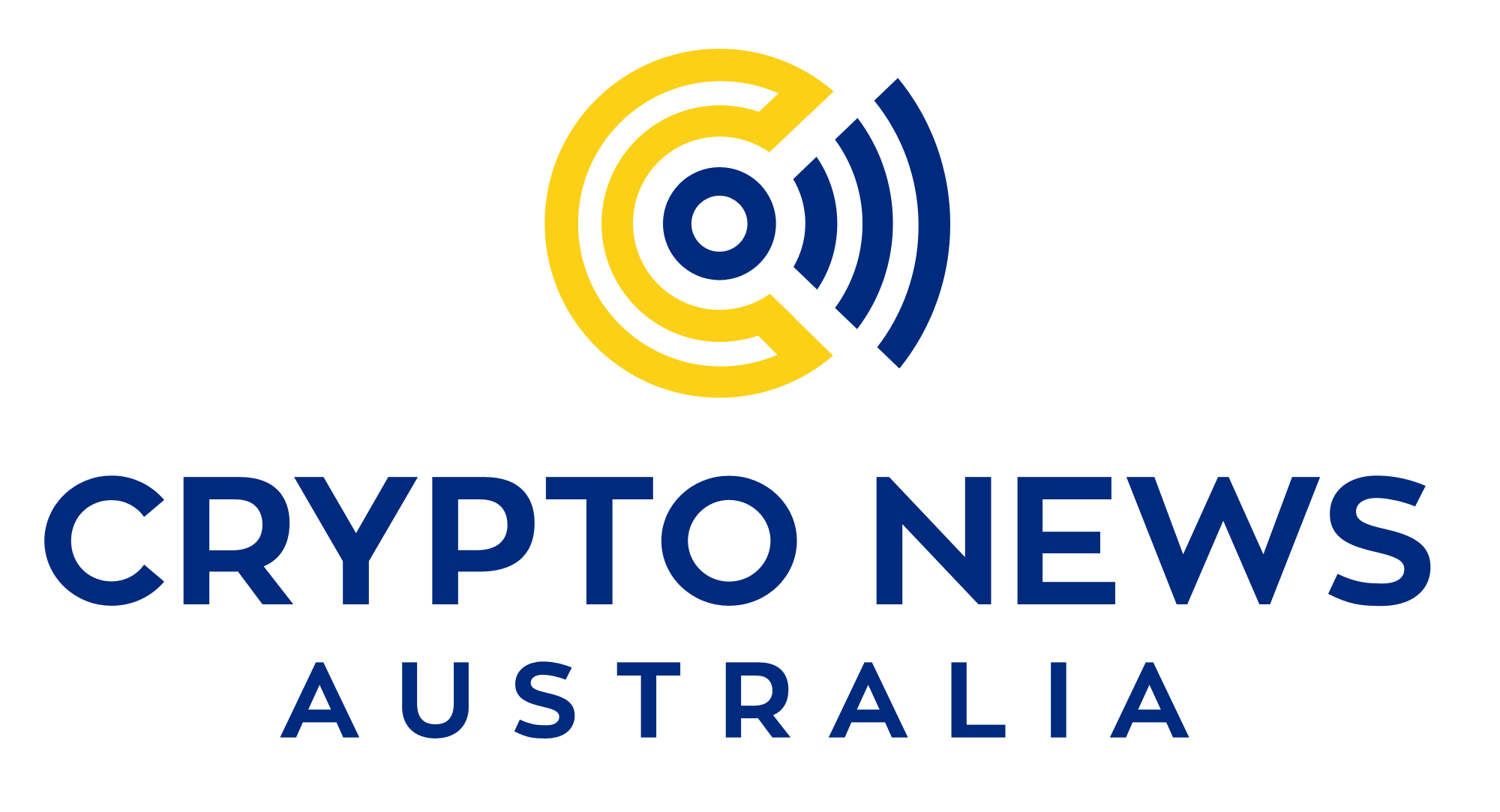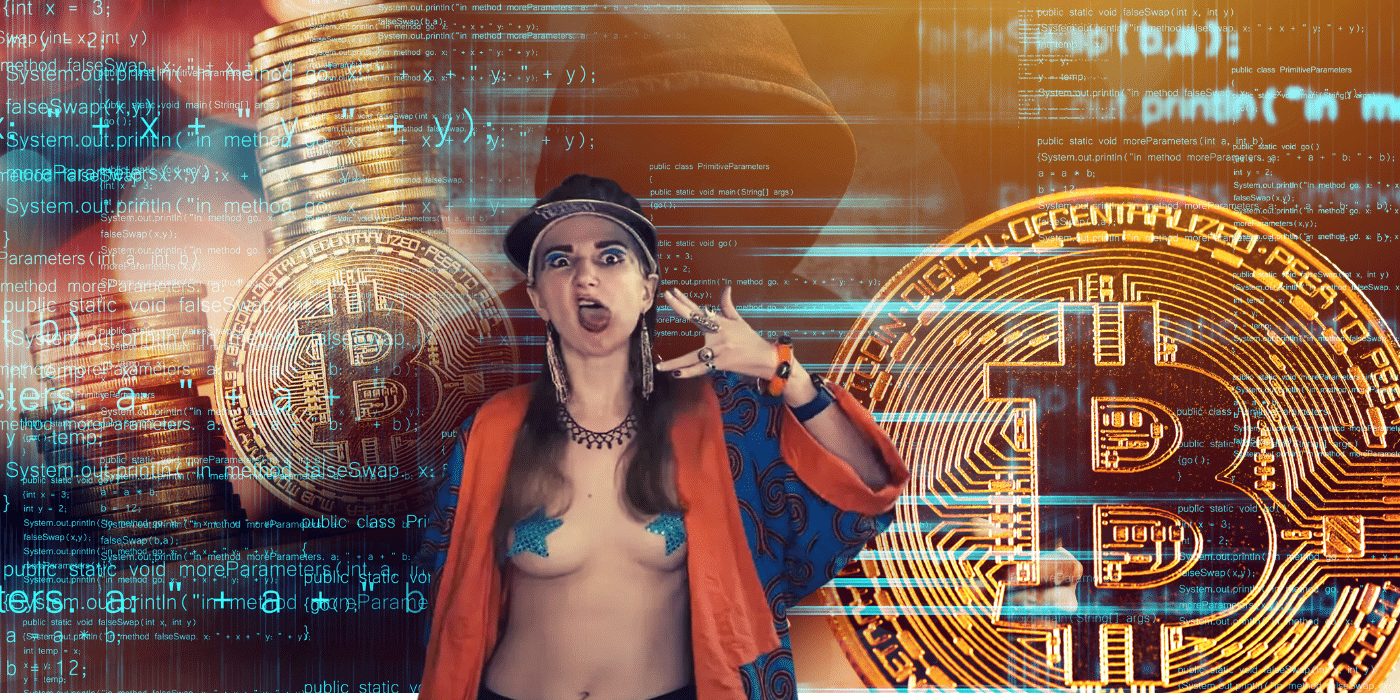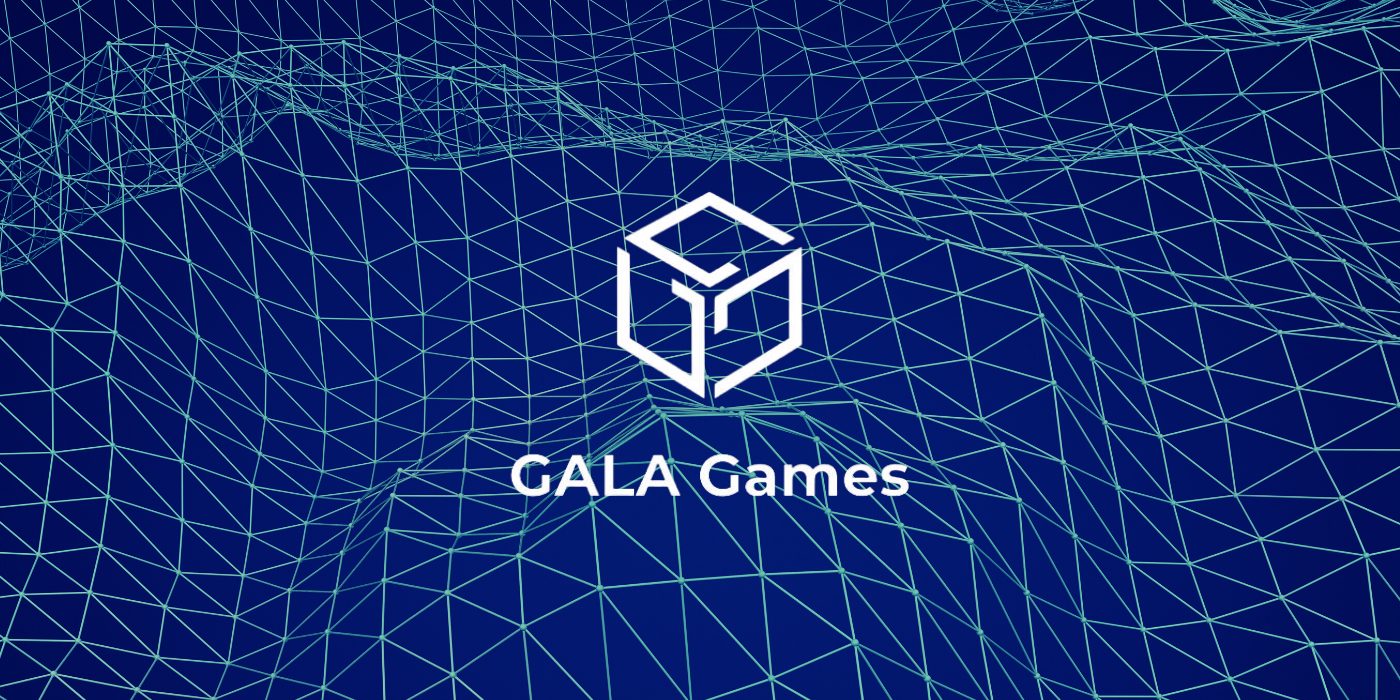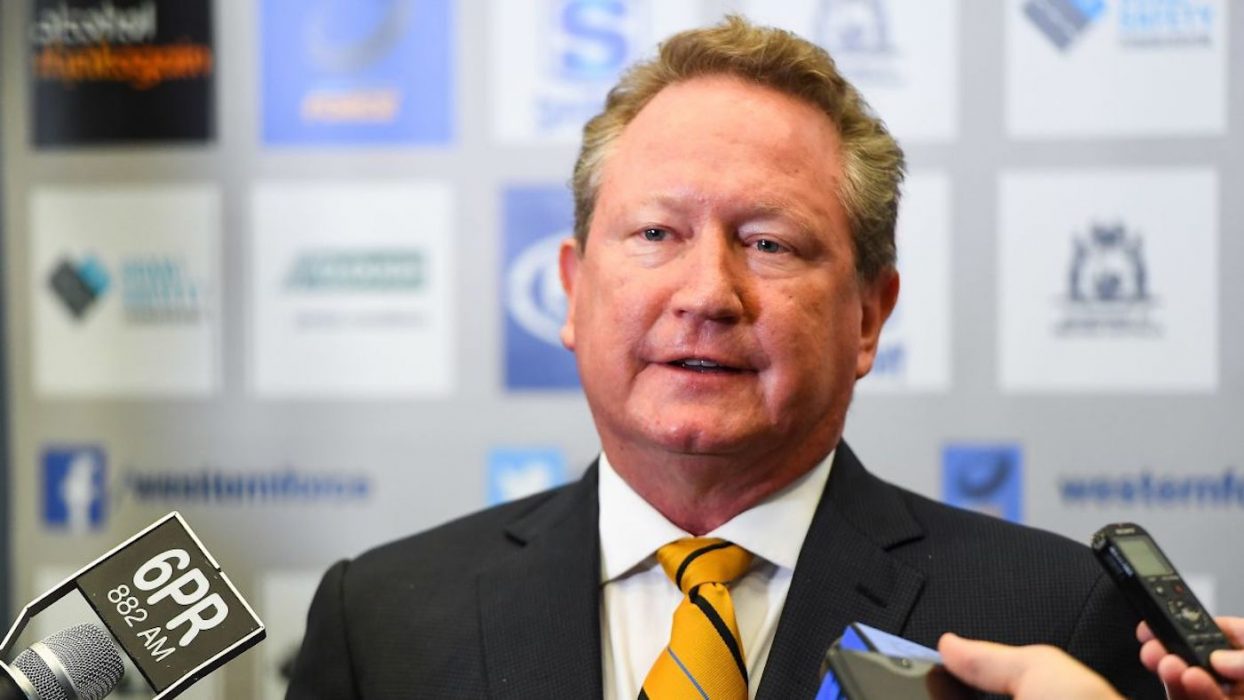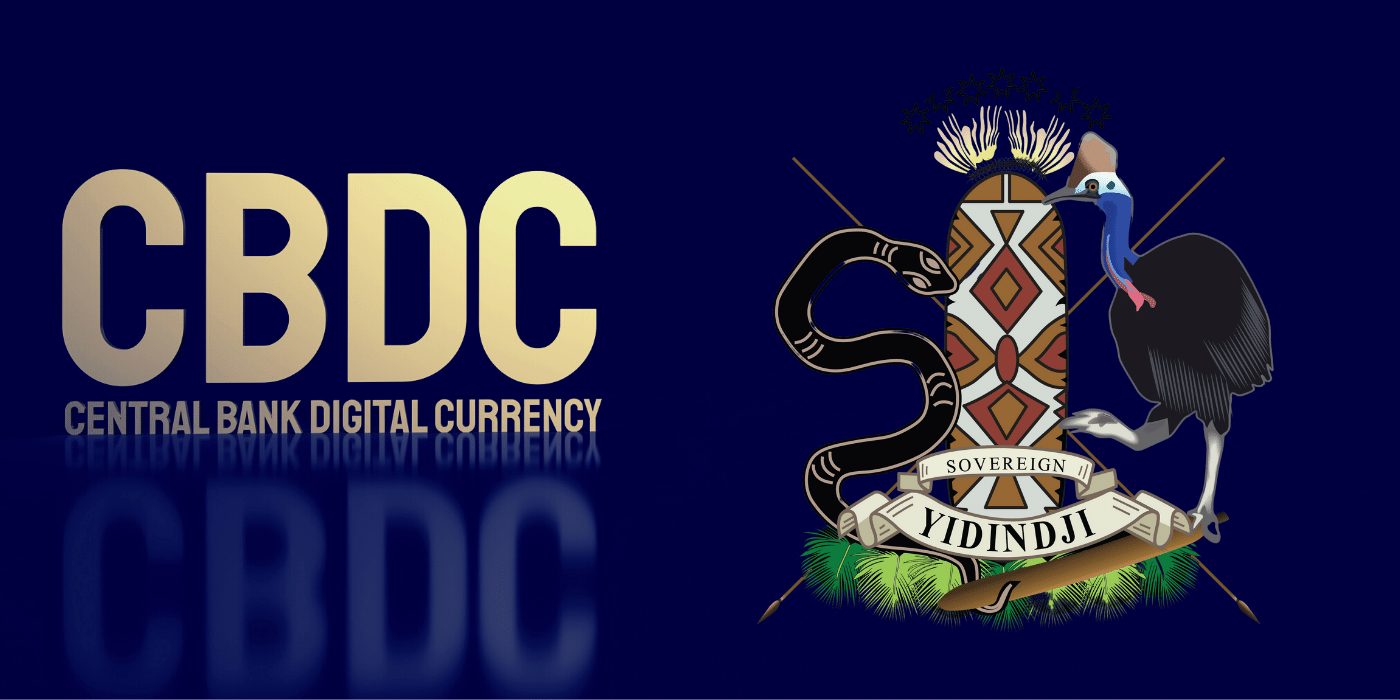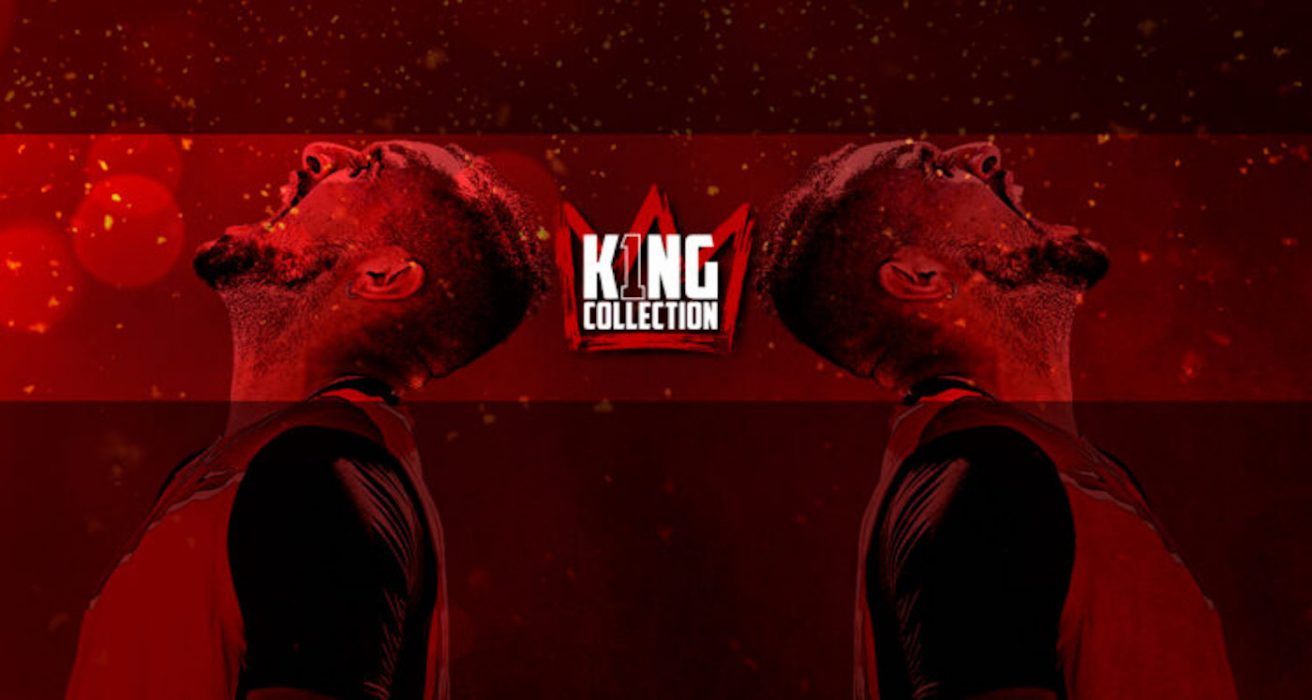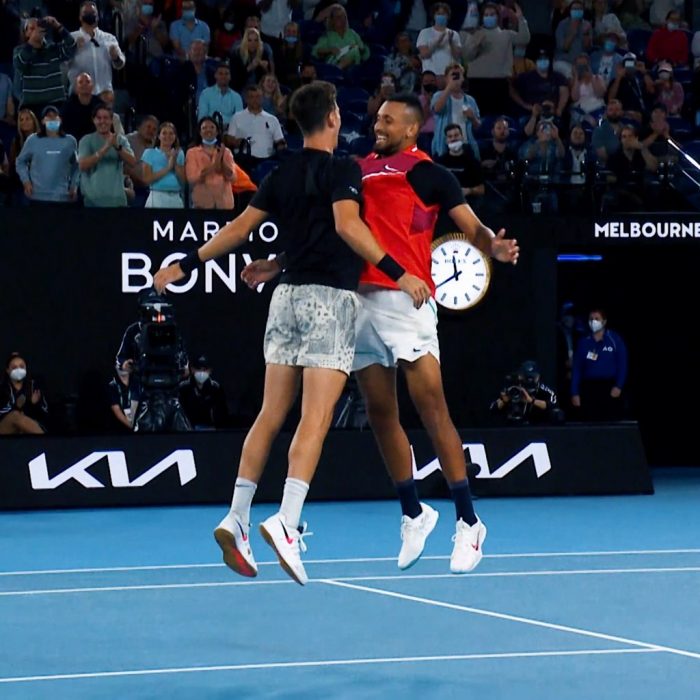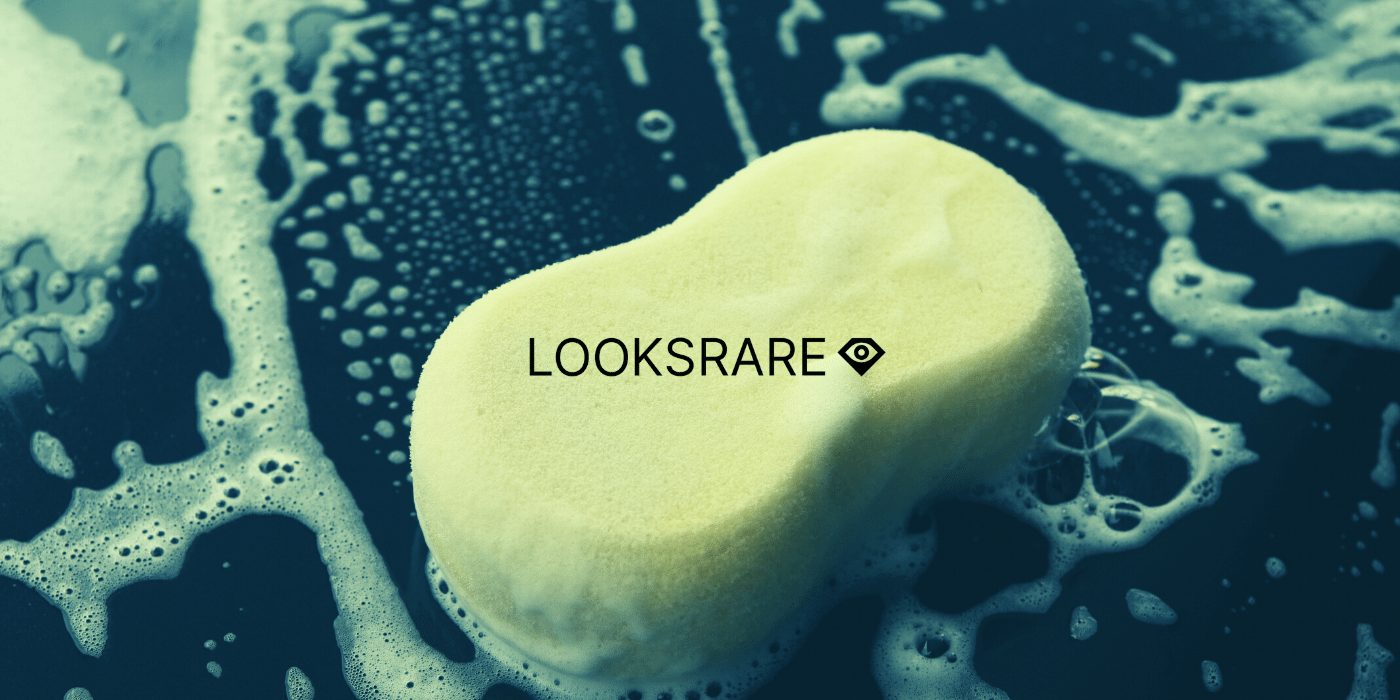Global fast food behemoth McDonald’s could be the next major company to enter the metaverse, having flagged the move with 10 new trademark applications to build a “virtual restaurant featuring actual and virtual goods”.
The Chicago-headquartered conglomerate filed the applications with the US Patent and Trademark Office on February 4, according to a tweet from prominent US trademarks lawyer Josh Gerben:
According to the filings, McDonald’s has applied for trademarks for its own virtual food and beverages, as well as “downloadable multimedia files containing artwork, text, audio and video files and non-fungible tokens [NFTs]”. It’s also applied to register its intellectual property covering “entertainment services”, specifically real-world and virtual concerts and events, though the primary filing is for “operating a virtual restaurant online featuring home delivery”.
McDonald’s Sees In Chinese New Year … in the Metaverse
The chain has over recent months shown interest in the crypto space with its own branded NFTs, including an exhibit last week honouring the Chinese Lunar New Year. As long ago as April 2021, McDonald’s France announced its intention to issue a limited series of digital artworks as NFTs.
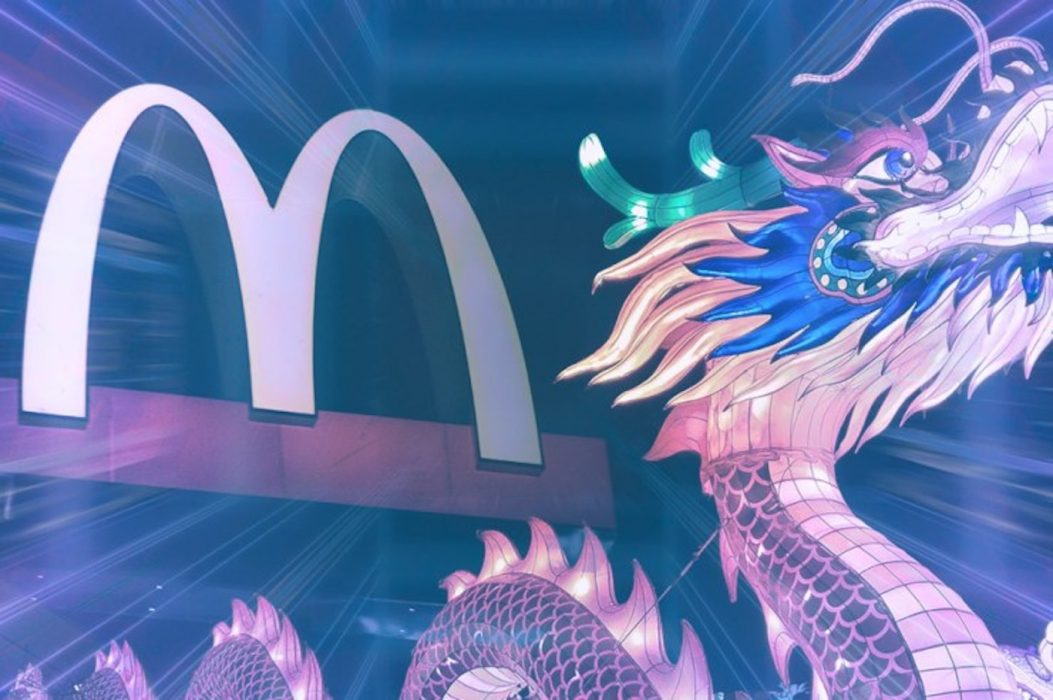
Just last month, McDonald’s frivolously promoted a joke coin based on its fluffy purple McDonaldland character, Grimace. In a January 26 tweet replying to Elon Musk, the company proposed that if Tesla were to accept payments in Grimacecoin, then it would take Musk up on his offer to eat a Happy Meal on TV if McDonald’s accepted Dogecoin.
Not long after, several Grimacecoin-themed tokens were created across a handful of different blockchains by crypto opportunists wanting to cash in on the buying frenzy that followed.
Metaverse Market Could Be Worth $8 Trillion
McDonald’s isn’t the first multinational to show clear interest in the metaverse, with the likes of Adidas, Meta, Nike, Coca-Cola and Visa also climbing aboard the bandwagon in recent months.
After Facebook rebranded itself to Meta last November, Morgan Stanley analysts predicted that the metaverse market could ultimately be worth as much as US$8 trillion but also warned about high barriers to adoption.
